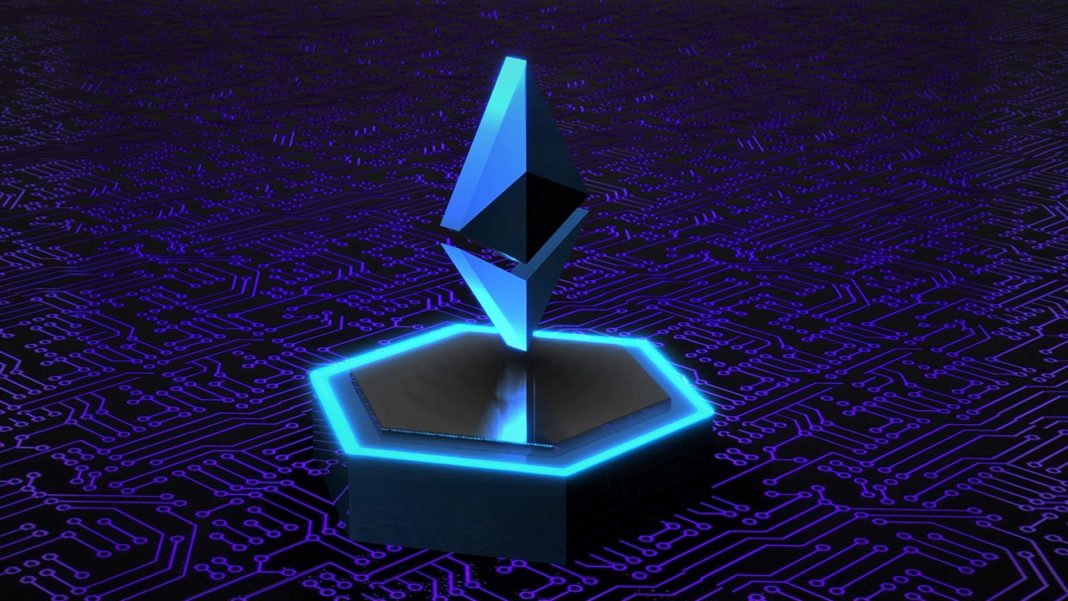As an advisor learns about decentralized finance (DeFi), it’s important to learn about the emerging technology also found in the industry. Emerging DeFi technology and services are unique to cryptocurrency, as some of these products and services simply are not possible without blockchain technology. This is an entirely new asset class, and advisors must be educated on these topics and able to clearly help their clients when faced with financial planning decisions. Clients will rely on advisors as they attempt to navigate this space, and advisors must be able to guide them down the best path.
In the first three parts of this series, we’ve covered the basics of DeFi, including its importance in the overall crypto economy, what decentralized exchanges (DEXs) are, and the technology behind them.
This article originally appeared in Crypto for Advisors, CoinDesk’s weekly newsletter defining crypto, digital assets and the future of finance. Sign up here to get it in your inbox every Thursday.
What are crypto bridges?
One of the more difficult aspects of investing in cryptocurrency is navigating the many different blockchains that exist in the crypto economy. Coins and tokens native to one blockchain are not able to be used on another blockchain. For example, you cannot use Ether or ERC-20 tokens on any other chain besides the Ethereum chain.
This presents a problem because often investors see an opportunity on a new blockchain and therefore need a mechanism to send value (coins or tokens) from one chain to another. Crypto bridges allow a user to send value from one blockchain to another chain, such as from Ethereum to Terra. These bridges power the transfer of assets and information cross-chain, allowing users to have access to new chains and the decentralized apps (dapps) on the new chain.
There are two types of crypto bridges: trusted bridges and trustless bridges. Trusted bridges are centralized by design – that is, they require users to trust a central party for custody and transactions. Trustless bridges operate using smart contracts and trading algorithms and do not require users to trust a central entity.
It’s important to understand the risks while using crypto bridges. When using a trusted bridge, the risks are similar to when using a centralized exchange or wallet. Custodial risk is the risk users face when they allow a third party to hold their tokens and coins. When coins are held in a custodial account, the user is also susceptible to censorship risk. Many users are comfortable with these risks, while others prefer to use trustless bridges. These bridges, on the other hand, do not require users to trust custodians or worry about censorship; they do, however, require users to trust the smart contracts that power the bridges.
The largest hacks in crypto have come from crypto bridges. This technology is new; even just a few years ago, there was not yet market demand for cross-chain bridges. Developers have been building crypto bridges quickly, and unfortunately, not all of the security vulnerabilities were found via code audits. It’s certain that the security of these bridges will improve as they become more widely used and built, but users must be very careful while using them now. It’s important to remember that bridges are an emerging technology and in their current state are not entirely free from risk.
Understanding self-repaying loans
One of the most interesting features of digital money is the ability to create new technology and use cases for blockchain technology. Self-repaying loans are one of the most innovative new ideas found in DeFi.
Essentially, when a user takes out a self-repaying loan, they are using yield on a deposit to pay for a loan they’ve taken against that deposit. In order to take out a self-repaying loan, a user first deposits capital into a protocol like Alchemix, which allows you to borrow up to 50% of your deposit instantly. This is possible because of the high yields found in crypto lending. The 50% of the deposit that stays in the protocol is used to pay back the 50% that was taken as a loan. As the principal pays back the borrowed money, the rate at which the loan is paid back accelerates.
To understand this, let’s walk through an example. A user holds DAI, a stablecoin, in their MetaMask wallet. The user connects their MetaMask wallet to Alchemix. The user deposits DAI into Alchemix via the website and can immediately borrow up to 50% of the deposited funds via the alUSD (Alchemix stablecoin). The user can then sell their alUSD for fiat currency, ether or other cryptocurrencies. The DAI still held with Alchemix are left generating a yield (approximately 10-15% at current rates) and are paying down the balance of the loan. As the balance of the loan gets smaller, the balance of collateral is increasing. The interest rate is static, thus, the rate at which the balance is paid down accelerates.
Investors must trust the Alchemix smart contract when taking out a self-repaying loan. Many investors are attracted to this idea because they are able to keep their cryptocurrency, and this is a tax efficient way to borrow against an appreciated crypto position. Again, this is an emerging technology, so the security mechanisms are not perfectly vetted.
The benefits of synthetic securities
One of the fastest-growing sections of DeFi are synthetic assets. The market cap of cryptocurrencies is very small when compared to that of traditional assets. This difference led developers down the path of creating synthetic assets.
Smart-contract technology allows developers to create synthetic securities that trade on blockchains instead of via their traditional exchange network. For example, it’s possible to create a synthetic stock of a company whose shares trade on the New York Stock Exchange or Nasdaq.
On Terra’s Mirror Protocol, it’s possible to purchase synthetic stocks, such as Apple or Microsoft. These “synthetic stocks” are simply tokenized derivatives that track the value of an underlying security. In this case, these synthetic stocks are programmed to track the price of the actual underlying asset.
Some of the benefits of synthetic securities over traditional securities include 24/7 liquidity, borderless transfers and liquidity pool farming in synthetic security yield farming – the ability to generate yield on a position by contributing to liquidity pools.
While not yet popular and highly regulated in the United States, this trend is growing, and synthetic securities are attracting new users at a fast rate. Users enjoy trading synthetic stocks because they provide additional markets rather than just the crypto economy. One of the fastest-growing aspects of synthetic securities are synthetic funds, which are securities that track exchange-traded funds (ETFs), such as S&P 500 ETFs.
Synthetic securities provide users with tremendous liquidity, borderless transfer of ownership and protection against censorship. However, like crypto bridges and self-repaying loans, this is new technology and therefore has increased smart-contract risk and rug pull risk that investors need to be aware of.
Moving forward
As these emerging technologies continue to grow, advisors should continue learning and watching the ecosystem evolve. Because cryptocurrency is programmable money, I’m certain that there will be even more innovation in the space. These technologies will continue to evolve and will certainly disrupt all aspects of financial services, creating new opportunities we can’t even imagine now.



















